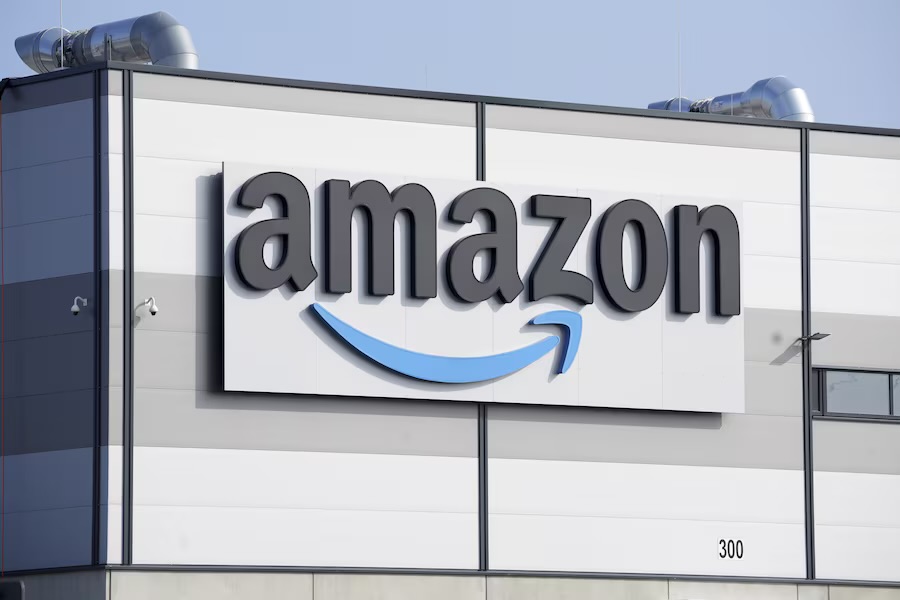Amazon Warehouse Worker Raises Concerns Over Workplace Safety
After a particularly demanding shift involving heavy lifting at an Amazon AMZN-Q warehouse in New York State, Keith Williams faced a debilitating aftermath. The next day, he woke up to find his hands and wrists virtually immobilized, with even basic tasks like grasping a milk jug proving challenging.
Williams’ experience highlights ongoing concerns about workplace safety practices at Amazon and other major U.S. companies. Employees like Williams often endure physically demanding work conditions, which can lead to serious injuries if safety protocols and ergonomic standards are not strictly enforced.
The incident underscores the intense physical toll that warehouse work can exact on employees. Lifted boxes, often weighing significant amounts, require repetitive motions that strain muscles and joints over time. Without adequate rest periods and ergonomic support, workers like Williams are vulnerable to debilitating conditions such as repetitive strain injuries and musculoskeletal disorders.
Amazon, known for its high-speed fulfillment operations, has faced criticism in the past for its workplace practices. Reports of employees being pushed to meet stringent productivity quotas have raised concerns about worker welfare and safety. The company has implemented measures such as robotics and automation to streamline operations, but the human cost of such efficiency-driven practices remains a point of contention.
Keith Williams’ story resonates with many workers who feel pressured to meet demanding performance metrics in fast-paced warehouse environments. The physical toll of these expectations can lead to long-term health consequences, affecting not only individual workers but also their families and communities.
Efforts to address these concerns include calls for improved workplace safety regulations and stricter enforcement of existing standards. Advocates argue that companies like Amazon must prioritize employee well-being by investing in ergonomic training, providing adequate breaks, and ensuring access to medical care for work-related injuries.
In response to ongoing scrutiny, Amazon has taken steps to enhance workplace safety initiatives, including the implementation of safety committees and increased transparency about injury rates. However, critics argue that more comprehensive reforms are needed to protect the health and safety of warehouse workers effectively.
As the debate over workplace safety continues, Keith Williams’ experience serves as a poignant reminder of the human impact behind the efficiency-driven operations of major corporations. Addressing these issues requires a balanced approach that prioritizes both productivity and worker welfare, ensuring a sustainable and ethical work environment for all employees.

